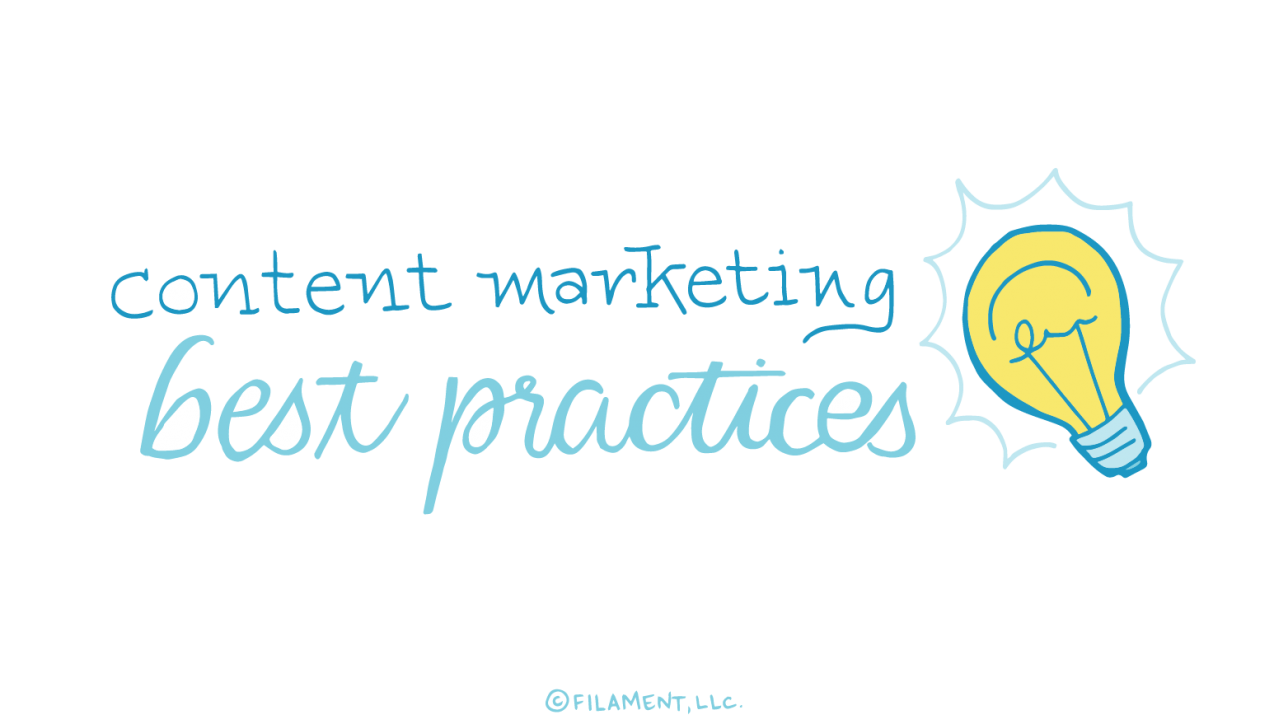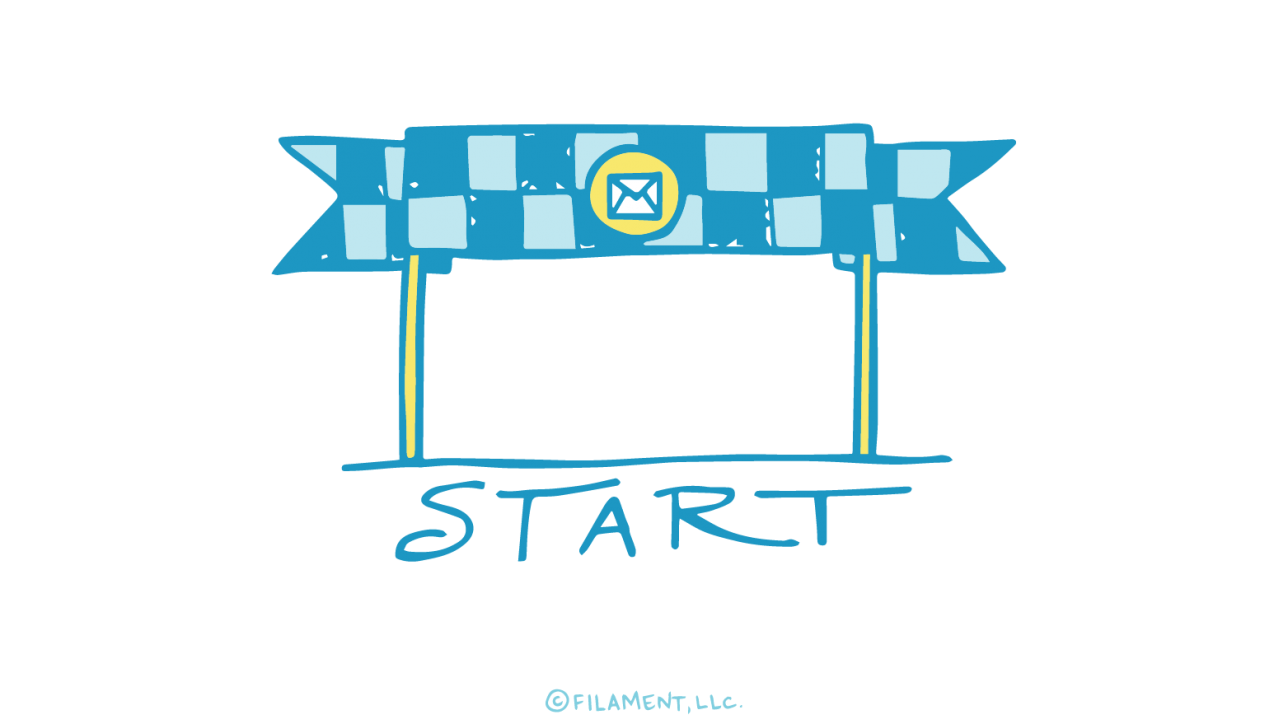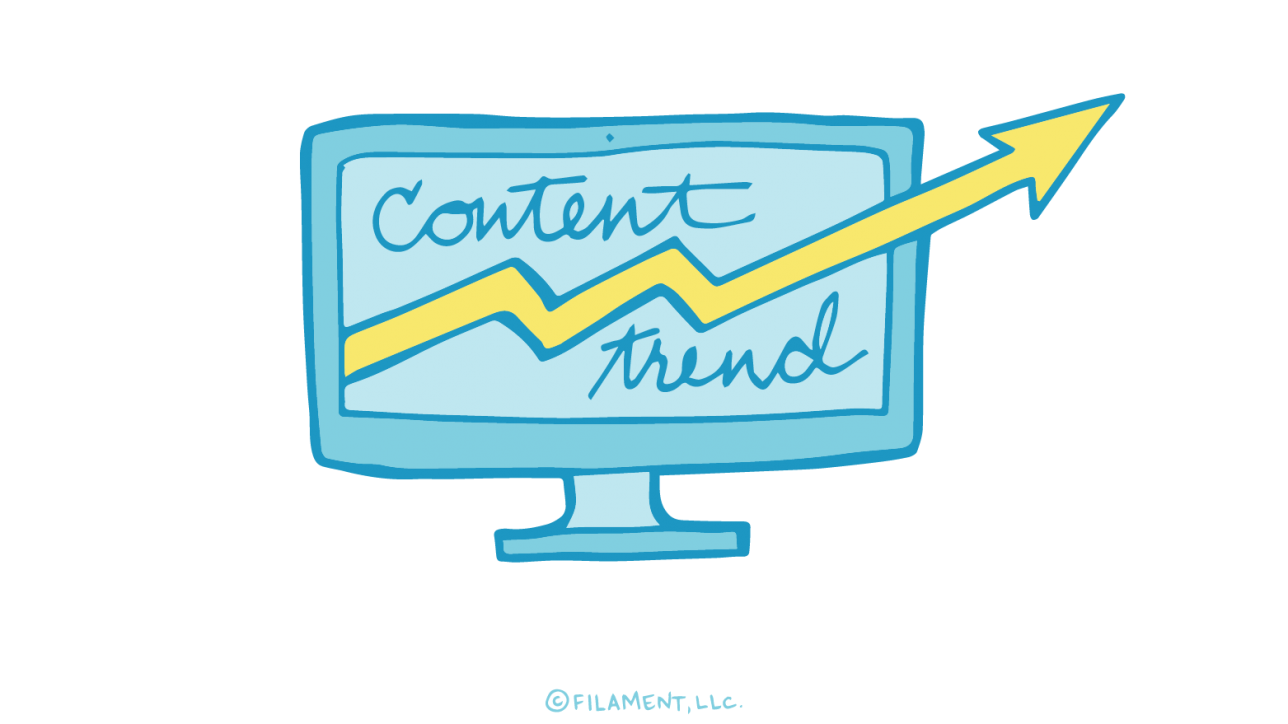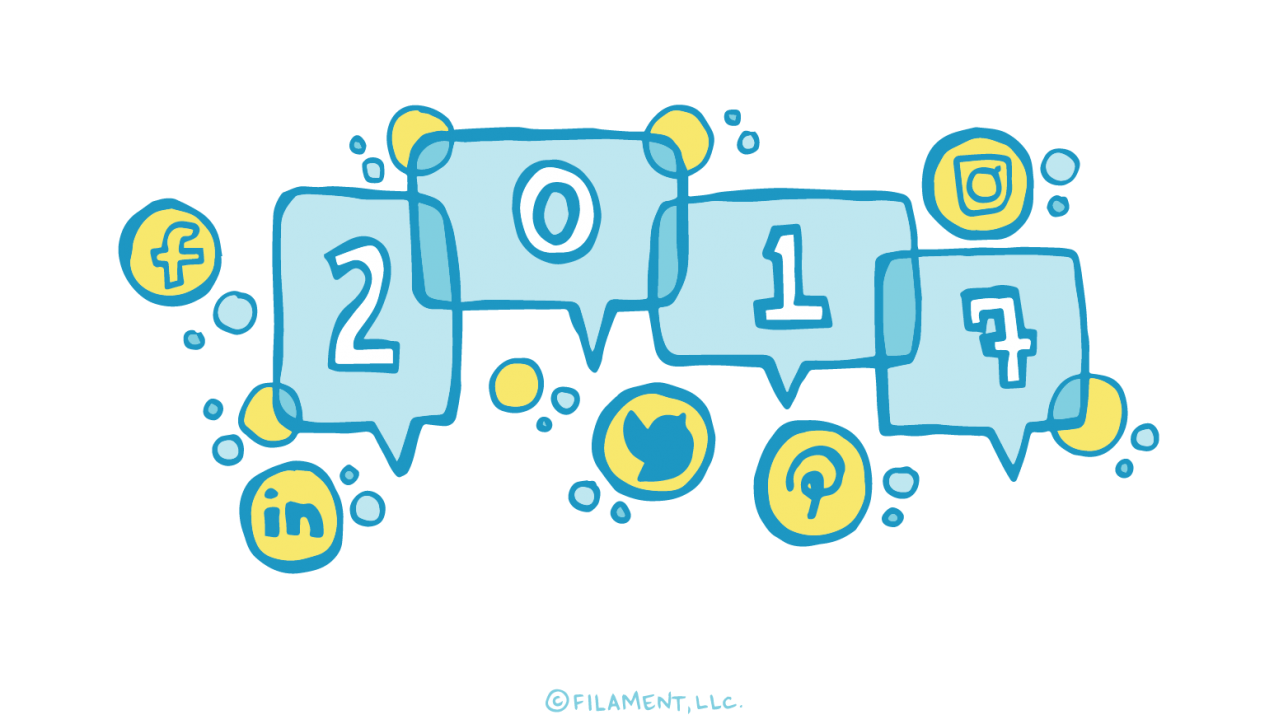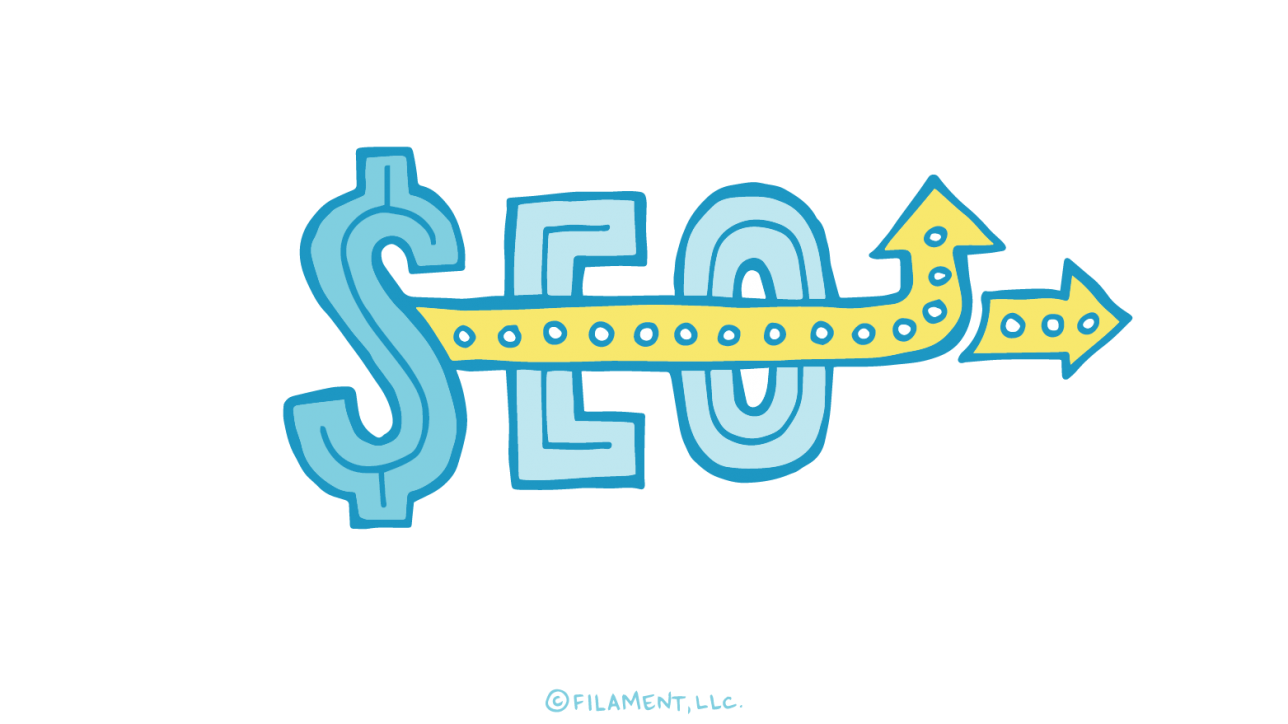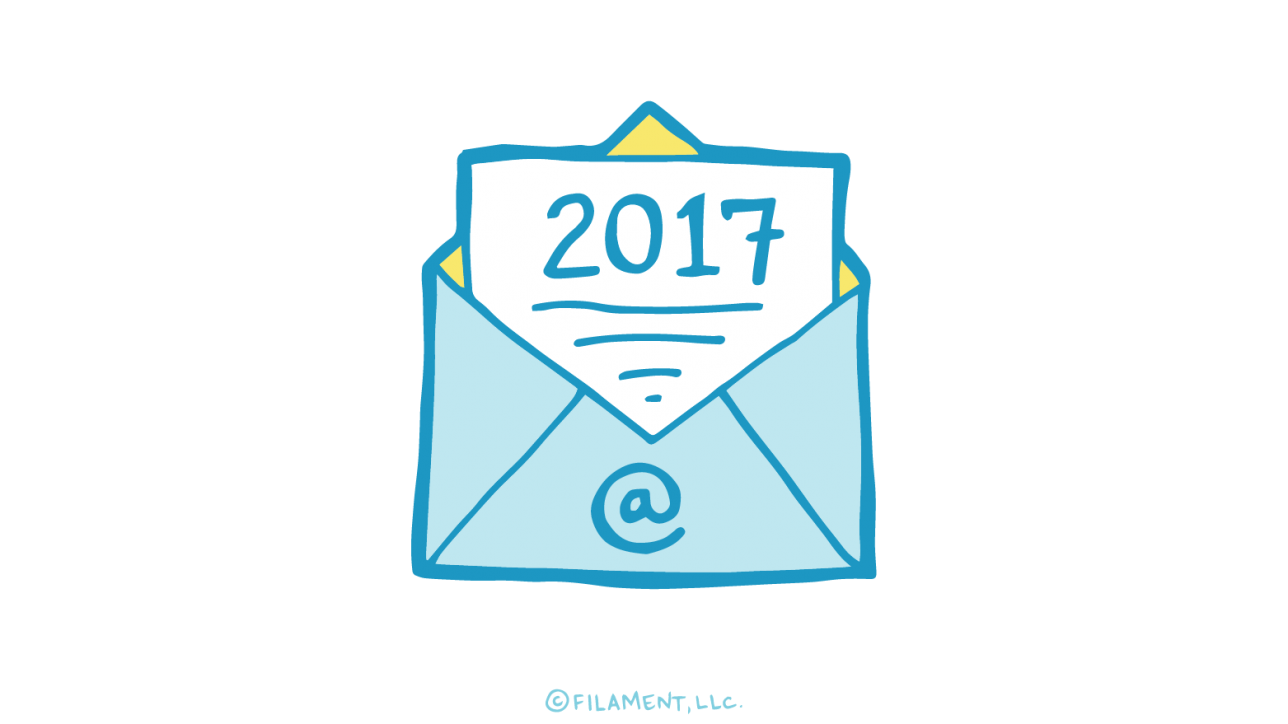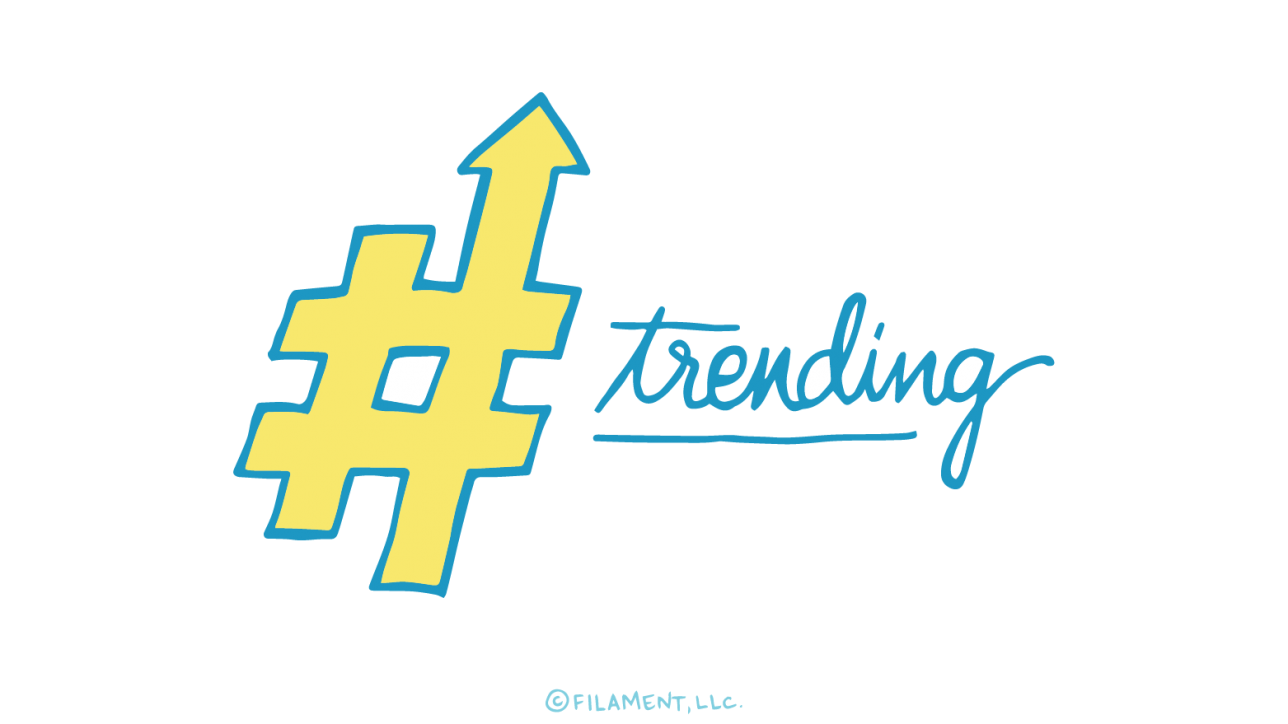As we move into 2017, it’s a great idea to briefly review email marketing best practices from 2016. These email marketing best practices are a good place to start when planning your 2017 email marketing strategy.
Automation
From welcome emails to renewal notices, email automation makes marketers lives easier. It has numerous additional benefits too, including:
- better lead management and nurturing
- better segmentation and personalization
- better engagement
- better access to useful data
Because marketing automation takes care of tasks that were once time-consuming, it can also save your company valuable time and money. Check out our post on automated email campaign strategies for a few email automation best practices to get you started.
Integration
Integrated marketing is key to present a consistent face for your brand across channels. In order to that, you need to make sure your email marketing is working hand in hand with your SEO, social media, content marketing, your sales strategies and your advertising—both online and offline. Why is consistency important? It builds trust with your customers. They come to expect a certain something from your brand. When you deliver, they feel satisfaction. Also, it makes you easily recognizable by customers who are just getting to know you.
Mobile
Making your emails mobile-friendly is obvious, but we’d be remiss if we didn’t include it in our brief list of basic email marketing best practices. Ensure every email you send is responsive. In particular, find out exactly which mobile devices and email programs your customers are using to view your emails. Then design, test and re-design your emails so that they’re easy to see, easy to engage with and look amazing on those specific mobile devices and with email programs your customers use most.
Personalization
The foundation of effective email personalization is valuable content, good data and smart segmentation. These pieces work together to help you build relationships with your customers by sending them valuable (i.e. relevant) emails. Your email content needs to be about the things that matter to specific segments on your audience. More importantly, it needs to written in language that speaks to them. Thus, email copywriting is key to successful email personalization.
You also need information about your subscribers in order to segment them and make sure they’re getting the content that matters to them. This information might include geographic location and their interests based on past purchases. You might give new subscribers the option to note their interests during your email-signup process. That’s a great way to collect information directly from your customers. Once you have good data, you can use it to segment your subscribers along all sorts of lines, such as gender, age, job title, company size and behavioral data.
Visual Storytelling
Visual content lets you communicate more information faster, which is key when it comes to email marketing. On average, people spend only 15 to 20 seconds looking at each email.1 You can tell a story visually in many ways, including with great photography and links out to video. Animated gifs are especially common. We’ve seen a lot of them in the latest holiday emails we’ve received. You can also tell a visual story with a smart infographic.
You’ll be in good shape as 2017 kicks off if you’ve begun to put these email marketing best practices from 2016 into practice. If you’ve already been practicing them, please share your success stories in the comments section below.
Are you ready to take your email marketing to the next level? Get in touch with Filament today.
